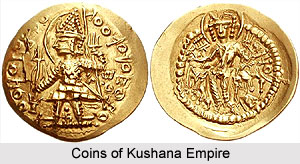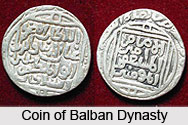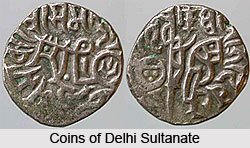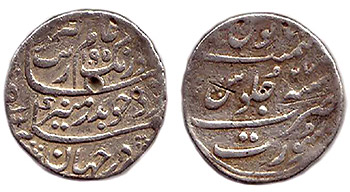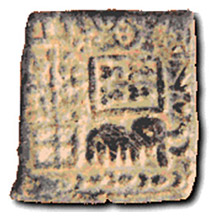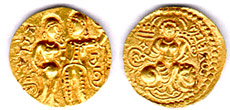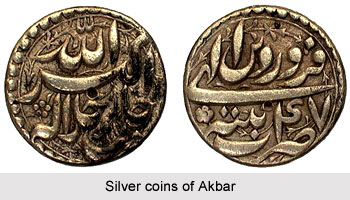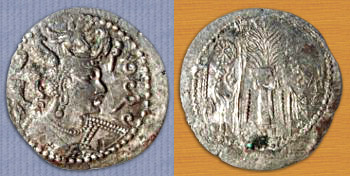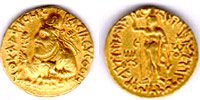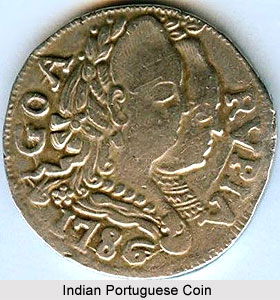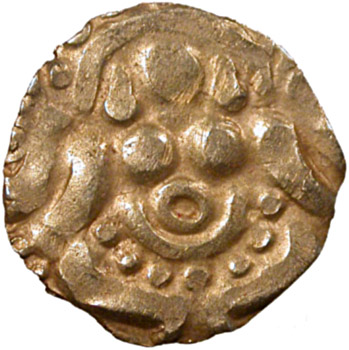 Coins of Chandella Dynasty were basically tri-metallic in composition, with a clear secular trend of debasement. Chandellas ruled the fertile agricultural region now termed Bundelkhand. From their fortress of Kalanjara they secured a kingdom bounded by Malwa in the southwest, Dahala in the southeast, and the Yamuna River in the north. The wealth of their cities is still visible in the magnificent Khajuraho temples. The reputation of their armies and the prospect of rich booty attracted the attention of Mahmud of Ghazni, who campaigned twice in Jejakabhukti, in AD 1019 and 1022. Although the Yaminids were stalemated, the Kalachuris of Dahala later succeeded in conquest, and Jejakabhukti was tributary until sometime after AD 1060.
Coins of Chandella Dynasty were basically tri-metallic in composition, with a clear secular trend of debasement. Chandellas ruled the fertile agricultural region now termed Bundelkhand. From their fortress of Kalanjara they secured a kingdom bounded by Malwa in the southwest, Dahala in the southeast, and the Yamuna River in the north. The wealth of their cities is still visible in the magnificent Khajuraho temples. The reputation of their armies and the prospect of rich booty attracted the attention of Mahmud of Ghazni, who campaigned twice in Jejakabhukti, in AD 1019 and 1022. Although the Yaminids were stalemated, the Kalachuris of Dahala later succeeded in conquest, and Jejakabhukti was tributary until sometime after AD 1060.
With the re-establishment of the independent Chandella dynasty in the reign of Kirtti Varman, a gold coinage on the model of Gangeya Deva`s was initiated. The weight, design and legend arrangement were copied from the Kalachuri coin. The rulers of the dynasty indicated by asterisks issued mostly gold coins. Most of the coins of Chandella rulers are known from the surviving specimens and other testimonies. Some rulers also issued copper coins but no gold. At various times, full unit, half unit and one fourth unit comprised gold. The coinage of Kirtti and Sallakshana is scarce; the coins of Madana are the commonest of the series and the coins of all later kings are rare. Thus the peak of the Chandella base gold currency was the period from AD 1060-1163, with only minor issues thereafter.
The weight of one specimen of Kirtti is 4.06 g; the mean weight of five specimens of Sallakshana is 4.01 g; of six specimens of Madana is 3.99 g; the latter`s coefficient of variation is nearly 1.5 per cent. In the later stages at least, the gold and silver were of equal proportions, which suggests a mint technique of keeping ready an electrum alloy of 50 per cent gold or 50 per cent silver, which could be diluted with copper as required. However, this was not the case earlier, for Madana Varman`s coins` minimum specific gravity of 14.48 does not allow of equal proportions of gold and silver. Since the surviving Chandella gold coins are so rare, there is in effect no pattern of circulation which can be mapped. None are found in the Rajput gold coin hoards in Afghanistan.
During the thirteenth century the Chandellas of Bundelkhand continued to issue their base gold Lakshmi-type coins. The net gold content of this 4.13 g before the Ghurid invasions was 2.4 to 2.7 g. After the loss of their kingdom to the Turks in AD 1203, and its subsequent recovery, the Chandellas resumed issue of the coins with a net gold content reduced to 0.92 g. By mid-century this had been further reduced to 0.61 g, and by century`s end the coin contained 0.58 g of gold, that is barely 14 per cent by weight. During the same period the Delhi sultans managed to establish a heavy pure gold coinage. The availability of coining gold at Delhi and its scarcity in the Chandella kingdom may both be manifestations of the cumulative effects of raids and tribute payments redistributing precious metals from the Rajput kingdoms to the sultanate.
